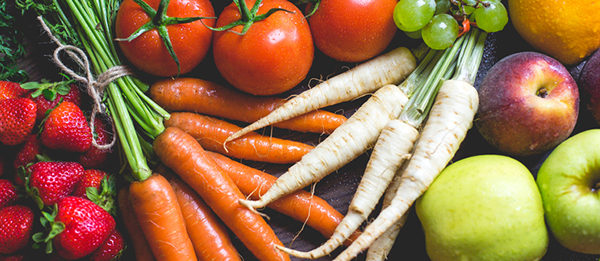
Digestion 101
10 November 2015 by Fran Dargaville

It's likely you've suffered from gas, bloating, reflux or other digestive dysfunction at some point in your life.
Unless of course you've been raised as a Tibetan monk with zero life stress, sipping on nourishing broths and noshing on your daily dose of veggies.
To break it down for you (see what I did there?!), digestion is the chemical and mechanical breakdown of food so it can be used by the body's cells.
Digestion is a north to south process. Digestion starts first in the brain, where the sight and smell off food trigger the production of saliva.
When food enters the mouth it is broken down both mechanically (by chewing), and chemically with salivary amylase, which begins the breakdown of carbohydrates in the mouth. The salivary glands secrete saliva to moisten the food and help with swallowing.

When you swallow, the food (now called 'bolus') enters the oesophagus for passage to the stomach. The cardiac sphincter at the bottom of the oesophagus opens to allow the bolus to enter the stomach, where the mechanical and chemical breakdown of food continues.
In the stomach, gastric juices are secreted from millions of tiny glands located in the mucosal lining of the stomach. Hydrochloric acid and pepsinogen break proteins down.
The stomach is all about acid. The normal pH of the stomach is between 1.5 and 3.0. Let's just say your stomach acid would burn a hole through the bottom of your bathtub!
Stomach acid does more than digest your food. It disinfects the stomach, kills bacteria and parasites, triggers the release of gastrin and activates pepsin, which is required for appropriate digestion of proteins.

Fran Dargaville
Fran is a graduate FNTP of NTA Australia's Class of 2015. She has a passion for health, fitness, and wellness, always trying to find the next challenge. Find her at www.frandargaville.com
